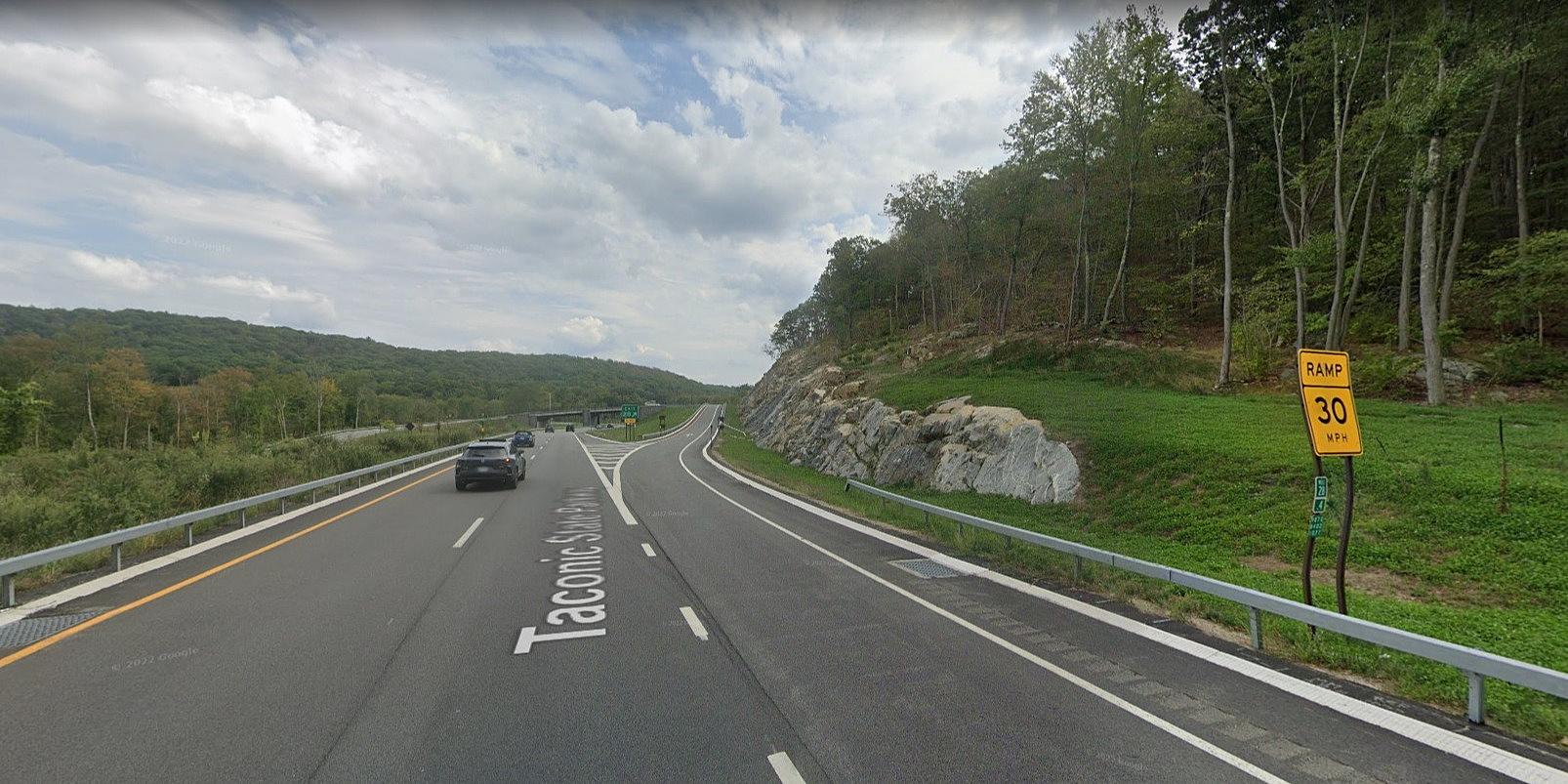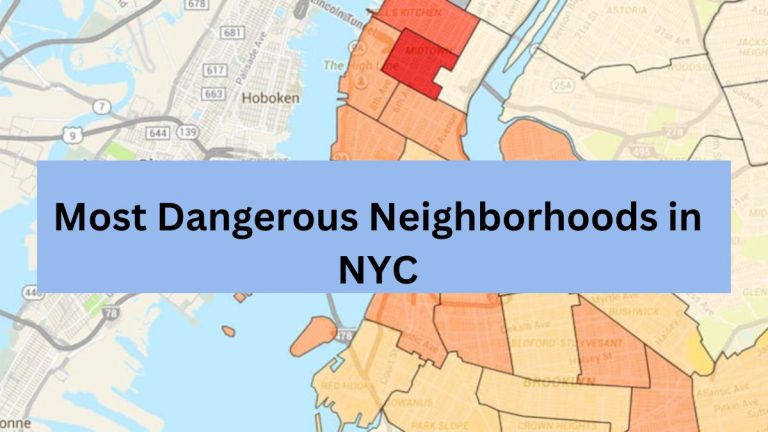This New York Interstate Was Named The Most Dangerous In The United States
Ucreview – When it comes to diverse attractions, New York state is undoubtedly a popular destination, from Manhattan’s iconic skyscrapers to the unblemished beauty of the Adirondacks. However, the state is also notorious for having some of the most hazardous roads in the country, particularly during the summer months when traffic is at its peak. Among these perilous roadways, Interstate 90 stands out as one of the most treacherous highways in the state.
What Is Interstate 90?
Stretching across an impressive 3,020 miles from Seattle, Washington to Boston, Massachusetts, Interstate 90 holds the title of being the longest interstate highway in the United States. It cuts across 13 states including New York, where it covers a remarkable 385 miles from the Pennsylvania border to the Massachusetts border. The thoroughfare passes through major cities such as Buffalo, Rochester, Syracuse, and Albany, making it a crucial route for commuters and travelers. Moreover, it forms an essential part of the New York State Thruway system, a toll road network that connects various regions within the state.
Why Is Interstate 90 So Dangerous?
A fleet management company, Geotab, has analyzed the fatal crash data from 2015 to 2017, revealing that Interstate 90 is the most dangerous highway in New York. The study conducted during peak summer months of June, July, and August, when road trips and vacations are at their peak, found that this highway witnessed 26 fatalities. This translates to an alarming average of 0.07 fatalities per mile, which exceeds all other highways in the state.
Interstate 90 is prone to a higher risk of accidents due to various factors.
-
- High Speed: Despite a posted speed limit of 65 mph in most sections, some drivers exceed this limit or drive too fast for the prevailing road conditions. Such speeding substantially heightens the chances of losing control of the vehicle, colliding with other vehicles or objects, or failing to react promptly to potential hazards.
- High Volume: As one of New York’s busiest highways, Interstate 90 accommodates an average of 170,000 vehicles daily. During the summer season, this figure escalates due to holiday travelers, tourists, and seasonal workers, leading to congestion, driver frustration, and distractions, which can result in aggressive driving, tailgating, frequent lane changes, or abrupt cutting off of other drivers.
- High Diversity: Interstate 90 plays host to a wide array of vehicles, including cars, trucks, buses, motorcycles, RVs, and trailers, each with distinct characteristics. Drivers must be acutely aware of these disparities and adjust their driving behaviors accordingly. For example, trucks possess larger blind spots and require more time and space to brake or maneuver, motorcycles are less visible and more vulnerable, and RVs and trailers can introduce wind resistance and instability on the road.
- High Variability: The highway traverses different terrains and climates across New York, from the flat urban areas of Western New York to the hilly, rural regions of Central and Eastern New York. This results in rapidly changing road conditions, influenced by factors like weather, time of day, and season. Drivers must be adequately prepared for varying circumstances such as rain, snow, fog, ice, wind, darkness, and glare, all of which can impact visibility and traction.
How Can Drivers Stay Safe on Interstate 90?
Driving on Interstate 90 can be both convenient and challenging. While it offers an efficient way to travel across New York and beyond, it also presents several hazards that drivers should be aware of. To ensure a safe journey, it is essential to follow the recommended safety guidelines and take the necessary precautions.
-
- Plan Ahead: Before embarking on a journey, drivers should thoroughly review the weather forecast, traffic conditions, and potential road closures along their route. Planning rest stops, refueling breaks, and overnight stays in advance is crucial. Avoiding peak hours and periods of low visibility, if feasible, is recommended.
- Stay Alert: Distracted driving should be avoided at all costs, which includes refraining from using mobile phones, eating, drinking, smoking, or adjusting radios or GPS devices while behind the wheel. Driving while fatigued, drowsy, or under the influence of alcohol or drugs is strongly discouraged. Regular breaks every two hours or every 100 miles help prevent driver fatigue.
- Follow the Rules: Drivers must adhere to all traffic laws and signage on Interstate 90, maintaining the speed limit or traveling at a reduced pace if conditions demand. Keeping a safe following distance from other vehicles and using turn signals when changing lanes or making turns is essential. Respecting the rights and space of other drivers and refraining from aggressive or reckless driving behavior is paramount.
- Be Prepared: Ensuring that vehicles are in optimal condition with adequate gas, oil, water, and properly inflated tires is critical. Carrying an emergency kit, containing items like a flashlight, jumper cables, flares, a first-aid kit, water, and snacks, is prudent. Keeping insurance and registration documents readily accessible in case of an accident is also recommended.
Conclusion
As a crucial road that links New York with other states and regions, Interstate 90 has gained notoriety as a dangerous highway, with many fatalities reported annually. This highlights the critical need for drivers to be aware and take proactive measures to ensure their safety. By planning their trips in advance, staying alert behind the wheel, obeying traffic regulations, and being well-prepared, drivers can significantly lower the risk of being involved in a fatal accident while driving on Interstate 90.
Read More:
- This City Has Been Named Arkansas’s Worst Place To Live
- The Surprising History Of San Diego’s Most Haunted House







